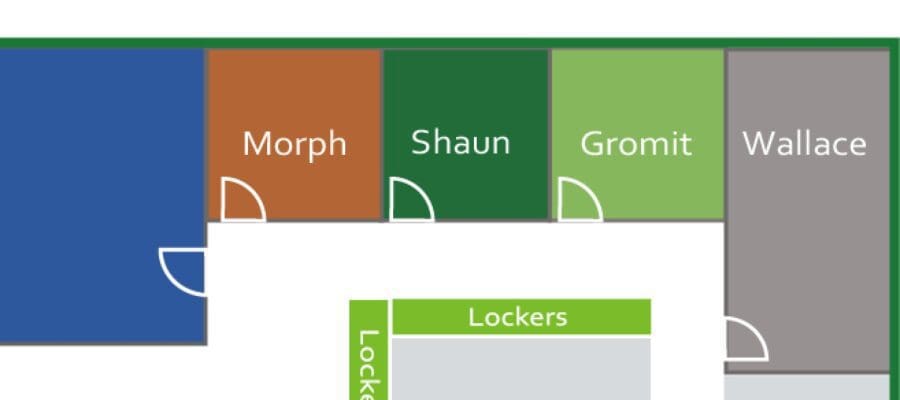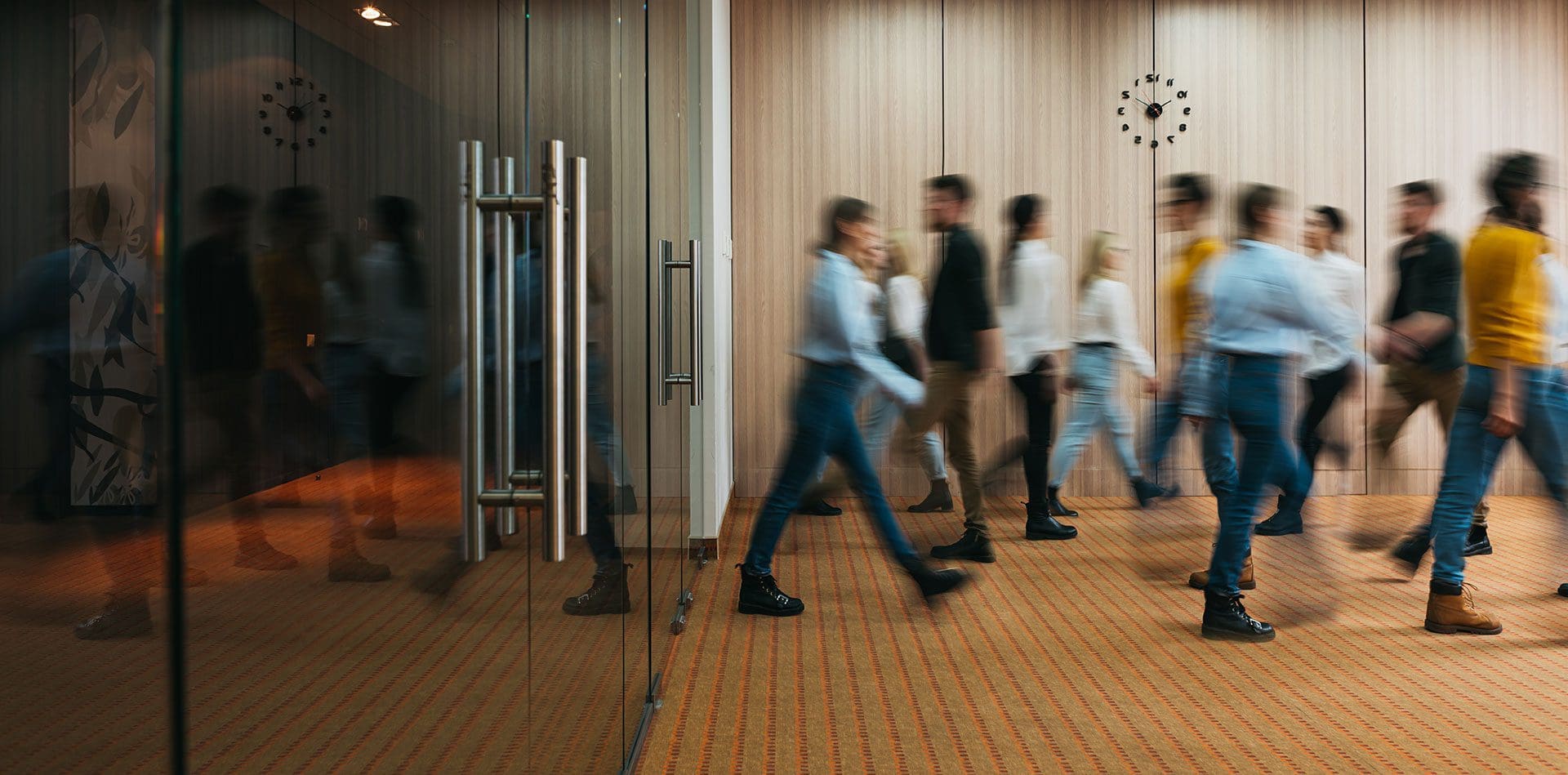Meeting room booking
Don’t let meeting room naming conventions cause confusion
Having a good strategy for identifying meeting rooms in a large organisation can be a challenge – especially when there’s 100’s of different rooms, floors, room sizes, room types, different locations and so on.
Here’s our tips for naming your rooms and collaboration spaces in a way that makes it easy for your workforce to book a meeting room in advance, and easily locate it on arrival.
1. Avoid complexity
For larger organisations with hundreds of meeting locations across multiple locations, being able to uniquely identify each room is useful – especially for the facilities management team.
An example of an ‘extreme’ naming convention we saw at a customer site incorporated the following attributes into each room name:
‘RESOURCE TYPE’ + ‘LOCATION CODE’ + ‘BUILDING CODE’, ‘FLOOR NUMBER’, ‘ROOM NUMBER’, ‘CAPACITY’, ‘AVAILABLE EQUIPMENT’, ‘ACTUAL ROOM NAME’
This resulted in, for example: ROOM THAMES VALLEY PARK BUILDING 5 GROUND FLOOR 0.01 96 AV VC Chicago 1
Although this might be OK for ‘behind the scenes’ reference purposes, the room name you put on signage, use in room booking systems and display on room screens should be vastly simplified.
For example, it’s obvious the resource is a ‘room’, and hopefully the staff member will know what building they are in, so including all this information into the ‘display’ name is not necessary. Information like the room capacity and facilities can be included elsewhere on the screen – and not be part of the name.
The most relevant information for the ‘end user’ is the actual room name (using our example, ‘Chicago 1’) and also a short room number (see next point).
Want more expert advice on room naming for a room booking system?
2. Combine room names with chronological labelling
A well-crafted room labelling convention should help individuals find their booked meeting room in a new or re-worked office space quickly, with minimal hunting around. It can also minimise the amount of signage you need around the office space.
According to Peter Teachen, an Architectural Project Manager with vast office design experience, “Way-finding should always be linked to the subconscious and not need to be taught. For example if I walk into an office and I need to find room 3D, if the first few rooms I encounter from the main entrance are 3A followed by 3B, this will subconsciously let me know I’m walking in the right direction towards 3D.
For organisations that wish to label rooms with a friendly name such as ‘London Room’, I always suggest that this used as the second identifier, not the main. Applying a chronological label (be it 1,2,3, A,B,C or a combination thereof) alongside a more ‘friendly room name’ can help individuals find their room with minimal effort and minimal signage.”
A similar approach works well for helping find individual workspaces and hot desks in a large office.
3. Match in with decor & other visual references
Cueing into visual references in and around your office is another great idea to help your workforce navigate with confidence around an unfamiliar space.
For example “The orange room”, “The purple room”, for example, if that matches your colour scheme.
Some of our clients name their rooms after the view or road that corresponds with the side of the building a room is on. For example, the Thames Room, ‘St Paul’s’ and ‘Shoreditch’.
These concepts can be reflected in the design of the interactive floor plan, e.g., by adding the relevant colours, imagery and naming of locations that surround the office space.
All of these ‘clues’ helps individuals find the meeting room they are supposed to be in when they arrive.
Here is a nice example of how a simple room name has been extended to room booking panel and the actual design of the room itself – all of which helps enhance the staff (and visitor) experience.

4. Involve your workforce & have fun
If you’re commissioning a new set of meeting rooms and want to use ‘friendly’ room names, take the opportunity to be inclusive and seek ideas from your workforce. Perhaps having a competition will be a source of inspiration.
We’ve seen some interesting concepts for naming rooms over the years. Our favourite ones are where the room names are consistent with the company’s line of business or heritage.
For example, names of scientists would work well in a research establishment.
Whatever you choose as a concept, ensure there’s enough scope to cover current and projected growth plans. Colours of the rainbow will run out when you create your 8th workspace!
Making sure names are memorable really helps. And, if it’s right for your business, you could come up with some fun names and ‘alternative’ room names.
In all of this it’s important not to commit a faux pas that will later offend employees and visitors. For example, ensuring even gender representation and cross-cultural balance is important in this process.
For this reason, make sure you start any room naming process well in advance of commissioning your new space, as it can take longer than you think to make sure everyone is happy. Also any changes to room names can be costly and confusing.
Our favourite naming idea to date is a company that referred to characters created by (Bristol based) Aardman animation. This resulted in ‘Wallace’, ‘Gromit’, ‘Morph’, ‘Shaun’, ‘Feathers’, etc., however we were slightly disappointed when Gromit was ‘dropped’ in favour of ‘Gwendoline’ to ensure female representation. I’d have dropped the villain, Feathers, instead, as what is Wallace without Gromit?

See our room and desk booking solutions in action
There’s many other minor (and major) things to consider when implementing systems designed to streamline your room and resource booking systems, contact us to find out more.


















